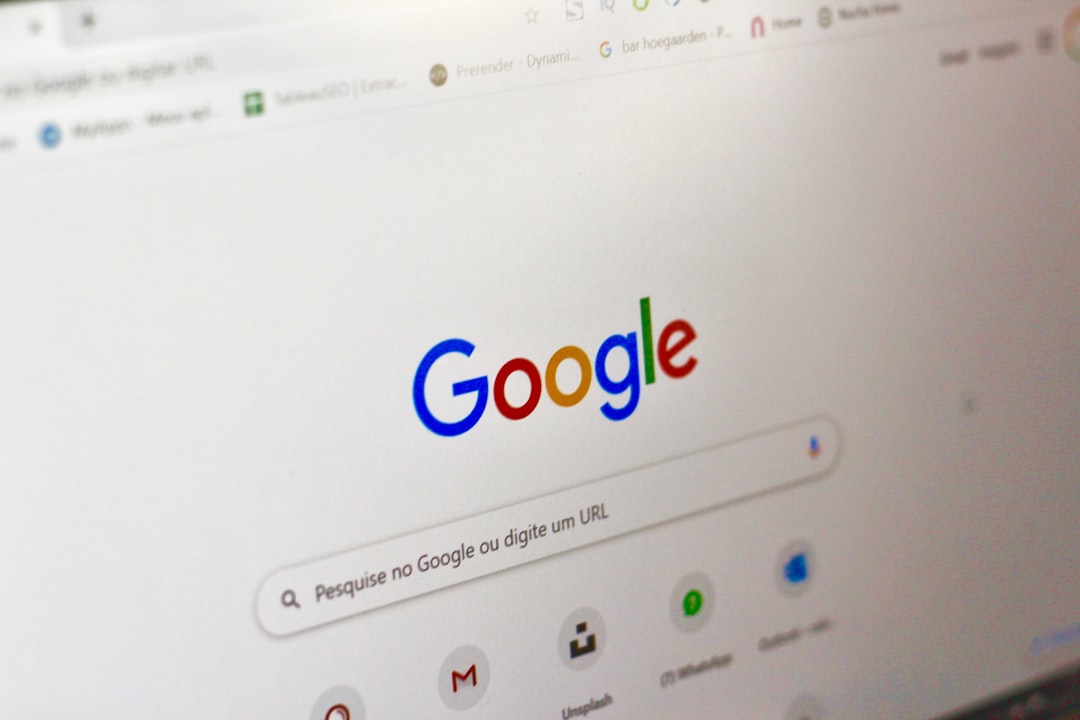Ever wondered what Google knows about you? Well, you’re not alone! Our data is scattered all over the web, but Google gives us tools to control it. One of the best is the Google Privacy Checkup. It’s easy, free, and only takes a few minutes of your time. In this guide, we’ll walk you through it step-by-step.
- What is the Google Privacy Checkup?
- Step 1: Visit the Privacy Checkup Page
- Step 2: Choose the Areas You Want to Review
- Step 3: Web & App Activity
- Step 4: Location History
- Step 5: YouTube History
- Step 6: Ad Personalization
- Step 7: Apps with Account Access
- Step 8: Your Personal Info
- Step 9: Review Your Choices Regularly
- Why It Matters
- Bonus Tips
- Final Thoughts
What is the Google Privacy Checkup?
The Google Privacy Checkup is a tool that helps you take control of your privacy settings across Google’s services. Think of it like a quick health check, but for your online privacy.
You can use it to:
- Control what Google remembers about you
- Choose what data you share
- Decide what ads you want to see (or not see!)
Ready to take back some control? Let’s get started!
Step 1: Visit the Privacy Checkup Page
Go to https://myaccount.google.com/privacycheckup. You’ll need to sign in to your Google account if you aren’t already.
Once there, you’ll see a clean interface with colorful icons and helpful tips. Nice, right?

Step 2: Choose the Areas You Want to Review
The checkup is divided into several sections. Each one covers a specific part of your Google data. For example:
- Web & App Activity
- Location History
- YouTube History
- Ad Personalization
- Third-party Apps
- Your Google Profile Information
You don’t have to do them all at once. Pick what you care most about first. Let’s do a quick run-through of each one.
Step 3: Web & App Activity
This covers things you do on Google services—like searches, voice commands, and apps you use. If it’s on and you search for “how to make lasagna,” Google remembers that.
You can:
- Turn it on or off
- Decide if Google saves your activity from Chrome
- Choose if audio recordings are saved
Recommendation: Turn it off if you value privacy more than convenience.
Step 4: Location History
This is all about where you’ve been. Google might track your location through your phone. That includes daily trips, places you visit, and even photos you take.
You can:
- Pause location tracking
- View a map of your Timeline (might be fun… or creepy!)
- Delete past locations

Pro tip: If you don’t need Google to remember everywhere you go, pause or delete this data.
Step 5: YouTube History
That includes everything you search for and watch on YouTube. From cat videos to documentaries, it’s all saved.
You can:
- Pause search history
- Pause watch history
- Delete past activity
Why do this? Sometimes, it’s nice to start fresh or reduce the cringe of old viewing habits!
Step 6: Ad Personalization
Google uses your info to show you ads it thinks you’ll like. But maybe you don’t want them to know that you’re a fan of unicorn slippers.
In this section, you can:
- Turn ad personalization on or off
- Review what Google thinks your interests are
- Remove categories you don’t want ads about
Want fewer creepy ads? Flip the switch off.
Step 7: Apps with Account Access
Over the years, you might’ve connected apps or games to your Google account. Some might still have access even if you forgot about them.
Here’s what to do:
- Review each app
- Remove access to anything you don’t recognize or use
Remember: Less is more. Each connection is a possible risk.
Step 8: Your Personal Info
This includes your birthday, phone number, and profile photo. You can choose who sees what—like “only me” or “anyone.”
You should:
- Update old or missing info
- Check sharing settings
Your phone number might help you recover a lost account, but you don’t have to show it to the world.
Step 9: Review Your Choices Regularly
Yeah, one checkup is cool. But here’s the thing—your habits change. So do Google’s settings. Try to do a checkup every few months.
Set a reminder! It only takes 5–10 minutes and keeps your digital footprint in check.
Why It Matters
Your data powers the internet. But too much sharing can put your privacy at risk. Thankfully, Google puts the reins in your hands.
Benefits of doing a Google Privacy Checkup:
- You reduce the risk of stolen data
- You limit targeted ads
- You take control of your online presence

Bonus Tips
- Use Incognito Mode: It doesn’t save history or form data.
- Enable 2-Factor Authentication: Protects your account even if your password is leaked.
- Don’t overshare: The less you give, the safer you stay.
Final Thoughts
Google makes it easy to manage your privacy. But it’s up to you to take action. By using the Privacy Checkup, you’re stepping into the driver’s seat of your digital life.
It’s quick. It’s empowering. Plus, it feels good to clean up your data, just like spring cleaning your closet!
So go ahead—take a privacy checkup today. Your future self will thank you.



Leave a Reply